Filter by
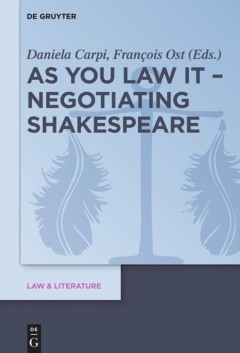
As You Law It : Negotiating Shakespeare
Shakespeare was fascinated by law, which permeated Elizabethan everyday life. The general impression one derives from the analysis of many plays by Shakespeare is that of a legal situation in transformation and of a dynamically changing relation between law and society, law and the jurisdiction of Renaissance times. Shakespeare provides the kind of literary supplement that can better illustrate…
- Edition
- -
- ISBN/ISSN
- 9783110590821
- Collation
- 276 halaman
- Series Title
- Law & Literature Volume 15
- Call Number
- 800 ASY

Authorizing Early Modern European Women : From Biography to Biofiction
The essays in this volume analyze strategies adopted by contemporary novelists, playwrights, screenwriters, and biographers interested in bringing the stories of early modern women to modern audiences. It also pays attention to the historical women creators themselves, who, be they saints or midwives, visual artists or poets and playwrights, stand out for their roles as active practitioners of …
- Edition
- -
- ISBN/ISSN
- 9789463727143
- Collation
- 288 halaman
- Series Title
- Gendering the Late Medieval and Early Modern World
- Call Number
- 800 AUT
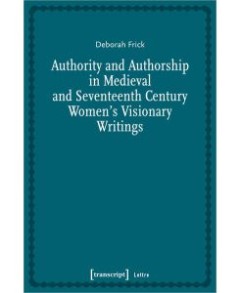
Authority and Authorship in Medieval and Seventeenth Century Women's Visionar…
In medieval and early modern times, female visionary writers used the mode of prophecy to voice their concerns and ideas, against the backdrop of cultural restrictions and negative stereotypes. In this book, Deborah Frick analyses medieval visionary writings by Julian of Norwich and Margery Kempe in comparison to seventeenth-century visionary writings by authors such as Anna Trapnel, Mary Carey…
- Edition
- -
- ISBN/ISSN
- 9783839456897
- Collation
- 156 halaman
- Series Title
- Lettre
- Call Number
- 800 FRI a
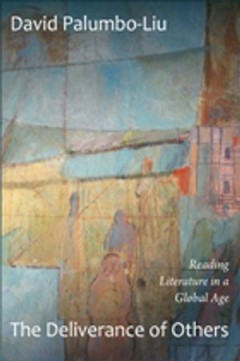
The Deliverance of Others : Reading Literature in a Global Age
The Deliverance of Others is a compelling reappraisal of the idea that narrative literature can expand readers' empathy. What happens if, amid the voluminous influx of otherness facilitated by globalization, we continue the tradition of valorizing literature for bringing the lives of others to us, admitting them into our world and valuing the difference that they introduce into our lives? In th…
- Edition
- -
- ISBN/ISSN
- 9780822352501
- Collation
- 240 halaman
- Series Title
- -
- Call Number
- 800 PAL d
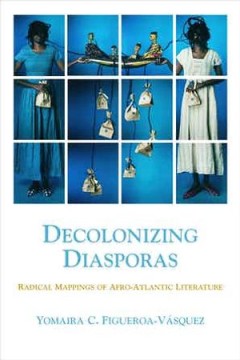
Decolonizing Diasporas : Radical Mappings of Afro-Atlantic Literature
Decolonizing Diasporas proposes a new way to read the literary and cultural productions of the Afro-Atlantic. Mapping literature from Spanish-speaking Sub-Saharan African and Afro-Latinx Caribbean diasporas, Figueroa-Vásquez argues that the works of diasporic writers and artists offer ways of imagining new worldviews which dismantle the logics of colonial modernity. Utilizing women of color fe…
- Edition
- -
- ISBN/ISSN
- 9780810142435
- Collation
- 304 halaman
- Series Title
- -
- Call Number
- 800 FIG d
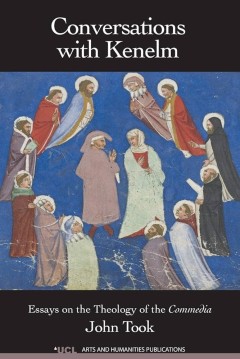
Conversations with Kenelm : Essays on the Theology of the Commedia
In a celebratory moment of the Paradiso, Dante has Thomas go round the circle of sage spirits identifying each in turn in point of proper calling and confirming how it is that self is everywhere present to the other-than-self as a co-efficient of being in the endless and endlessly varied instantiation of that being. The image, at once perfectly Dantean and perfectly resplendent, underlies and i…
- Edition
- -
- ISBN/ISSN
- 9781909188006
- Collation
- 214 halaman
- Series Title
- -
- Call Number
- 800 TOO c
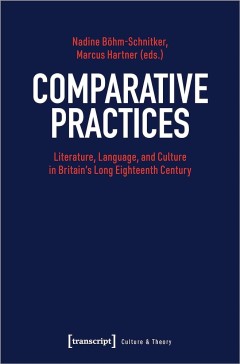
Comparative Practices : Literature, Language, and Culture in Britain's Long E…
Comparisons not only prove fundamental in the epistemological foundation of modernity (Foucault, Luhmann), but they fulfil a central function in social life and the production of art. Taking a cue from the Practice Turn in sociology, the contributors are investigating the role of comparative practices in the formation of eighteenth-century literature and culture. The book conceives of social pr…
- Edition
- -
- ISBN/ISSN
- 9783839457993
- Collation
- 226 halaman
- Series Title
- -
- Call Number
- 800 BOH c
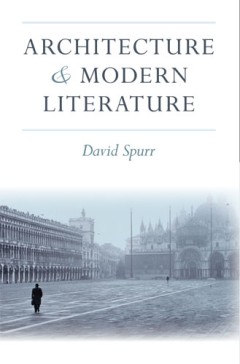
Architecture and Modern Literature
Architecture and Modern Literature explores the representation and interpretation of architectural space in modern literature from the early nineteenth century to the present, with the aim of showing how literary production and architectural construction are related as cultural forms in the historical context of modernity. In addressing this subject, it also examines the larger questions of the…
- Edition
- -
- ISBN/ISSN
- 9780472071715
- Collation
- -
- Series Title
- -
- Call Number
- 800 SPU a
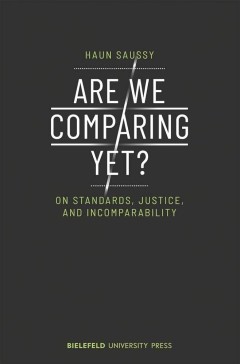
Are We Comparing Yet? : On Standards, Justice, and Incomparability
Debates about the possibility of an open culture - or indeed about the possibility of an open debate about the openness of culture - often turn on questions of standards. But since no benchmark can be absolute, judgement is a proliferation of comparisons.Through a series of case studies in everyday and academic comparison (literature, history, politics, philosophy), Haun Saussy calls out the ty…
- Edition
- -
- ISBN/ISSN
- 9783839449776
- Collation
- -
- Series Title
- -
- Call Number
- 306 SAU a
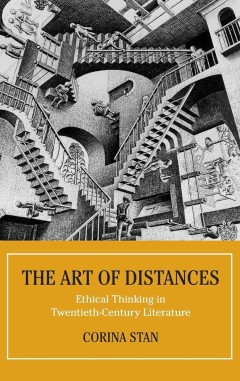
The Art of Distances : Ethical Thinking in Twentieth-Century Literature
The Art of Distances identifies a preoccupation with interpersonal distance in a strand of 20th-century literature that includes the work of Orwell, Morand, Canetti, Murdoch, Benjamin, Ernaux, Grass, and Galgut. Specifically, Stan shows that these authors engage in philosophical meditations on the ethical question of how to live with others and how to find an ideal interpersonal distance at his…
- Edition
- -
- ISBN/ISSN
- 9780810136861
- Collation
- 280 halaman
- Series Title
- -
- Call Number
- 800 STA a
 Computer Science, Information & General Works
Computer Science, Information & General Works  Philosophy & Psychology
Philosophy & Psychology  Religion
Religion  Social Sciences
Social Sciences  Language
Language  Pure Science
Pure Science  Applied Sciences
Applied Sciences  Art & Recreation
Art & Recreation  Literature
Literature  History & Geography
History & Geography